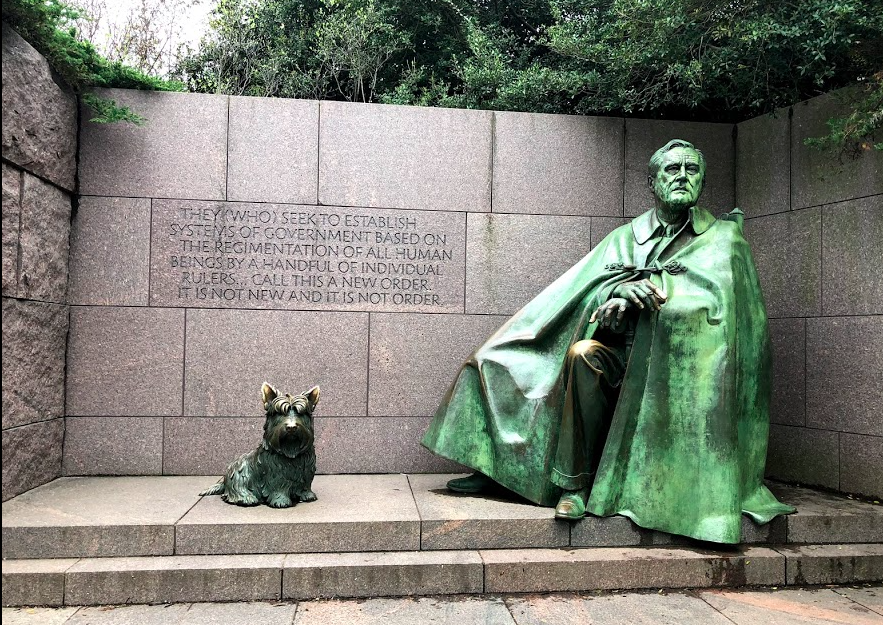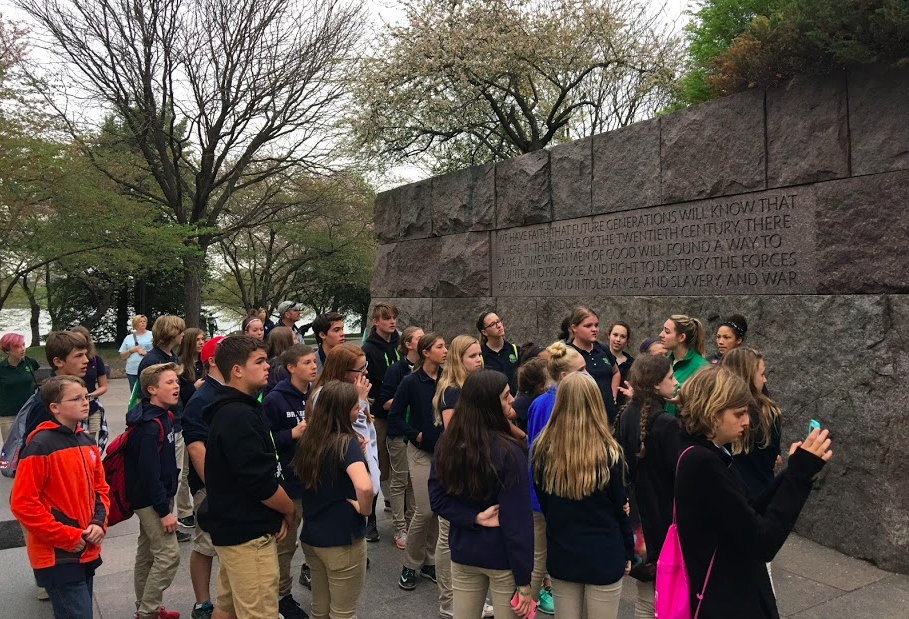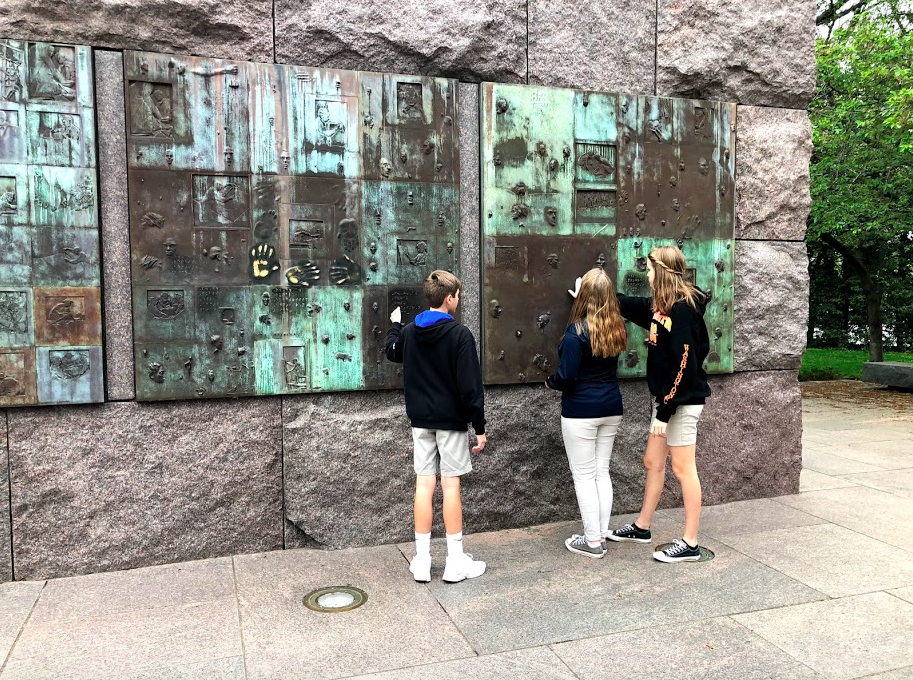DC School Trip History Lesson: About the "Fireside Chats" Era
For four consecutive terms Franklin Delano Roosevelt, FDR as he was also known by, was the President of the United States of America. He was the country’s 32nd President between 1933 and 1945. His administration oversaw both the height of the Great Depression and the start and end of World War II. He lost his life in April 1945, just shy of the end of World War II and the start of his fourth Presidential term, from the disease of polio.
On March 12, 1933, eight days after his Presidential Inauguration, FDR addressed the people of the United States of America in what would become his first ‘Fireside Chat.’ He started his live radio broadcast with “I want to talk for a few minutes with the people of the United States about banking.” He went on to describe his decision to closing the nation’s banks for a day in order to stop a surge in mass withdrawals by panicked investors worried about possible bank failures. The banks would reopen the next day and FDR thanked the public for their “fortitude and good temper” during the “banking holiday.”
FDR became President during the lowest point of the Great Depression when 25-33% of the workforce was unemployed. His radio addresses were designed to ease the fears of the public people and to inspire confidence in his leadership and his administration. Between March 1933 and June 1944, FDR delivered 30 radio addresses, which would last between 13 and 44 minutes in length. At this time 90% of American households owned radios and would listen in on these chats. The chats built popular support for the New Deal policies and allowed him to explain the administration's wartime policies during World War II.
The term “Fireside Chats” was coined by Journalist Robert Trout and evoked the image of the President sitting beside a fire addressing the nation. This term created an intimate feeling between the people and the President that was not there with any of the previous Presidents who had communicated with the public. Previous presidents would have connected to the public through spokespeople and journalists.
During the ‘Fireside Chat’ era, the American people felt that the President had stepped into their living rooms to talk with them. President Roosevelt shared his hopes and dreams for the nation through his ‘Fireside Chats’. He made sure the chats were accessible and understandable to the ordinary American, regardless of the level of their education. He used simple vocabulary and phrasing, along with added folksy anecdotes or analogies to help explain complex issues the administration and country were facing.
This groundbreaking connection between the President and the people has continued on since FDR’s passing. This legacy has been seen with the way President Obama spoke to the people through his televised addresses or in the way President Trump has taken to Twitter to connect with the people of the United States.

Visiting the Franklin Roosevelt Memorial in Washington, D.C. on your next school trip is a great way to learn more about the remarkable man and his accomplishments of the ‘Fireside Chat’ era.






Leave Comment